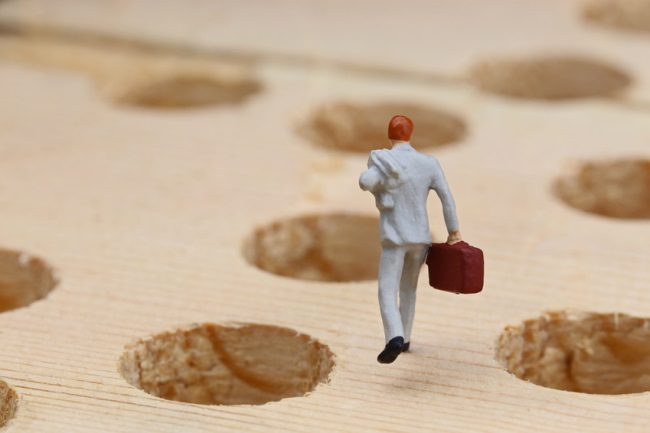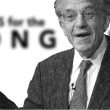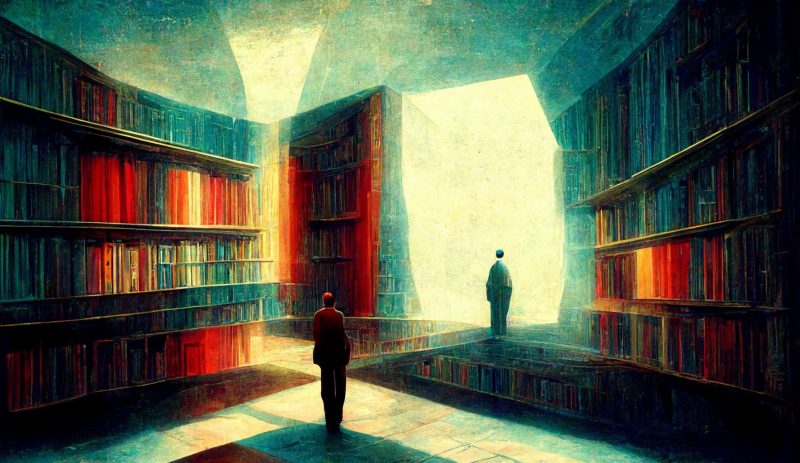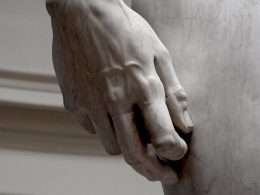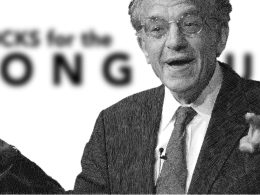If you stare long enough at the stock market, you may begin to believe it's telling you the truth. The S&P 500 marches ever higher, corporate earnings remain resilient, and mainstream pundits assure us that the Fed has things well in hand. But for millions of Americans, the story feels different. Bills are piling up. Wages aren’t keeping pace. The cost of everything—from groceries to housing—seems to stretch further out of reach. And according to Mike Green of Simplify Asset Management, in a conversation with Excess Returns' Justin Carbonneau and Matt Zeigler ,1 the reality for the average American is far grimmer than the market would have you believe. "Every indication we have is that, actually, the system is... much worse for the average American than we think they are," Green warns. The problem? A mechanical market, an outdated Fed, and a geopolitical chess game that most investors don’t even realize they’re playing.
The Hidden Recession and the Fed’s Blind Spot
Green has been tracking economic signals that suggest we’ve been in a recession all along, but the data has been conveniently massaged into submission. "Under almost any model that you look at, it would have suggested that what we actually saw was a recession," he explains. The Chicago Fed National Activity Index, historically a solid predictor of GDP trends, has diverged sharply from official GDP figures. The discrepancy is glaring: if traditional measures were still valid, we’d be acknowledging the slowdown for what it is.
So why does it feel like there’s no recession? A potent mix of inventory drawdowns, delayed spending impacts, and the great wealth effect illusion. "A lot of people think that this is tied to the stock market being higher, home prices being higher... The problem with that is that spending out of the wealth effect is tiny," says Green. The real driver of spending? Interest income. "The propensity to spend out of interest income is about 70 percent," he explains. The Fed’s rate hikes have benefited those with capital, but the working and middle class are drowning under the weight of inflation and rising costs. It’s not a matter of economic theory; it’s a matter of survival for millions of families.
Worse still, the Fed is using a broken compass. Green dismantles the central bank’s overreliance on unemployment claims as a metric. "The dramatic rise in the gig economy has changed the nature of unemployment claims," he says. Many people who lose full-time jobs turn to gig work instead, which means they don’t show up in official unemployment numbers. "If you lose your job and you drove for Uber to make extra money and you continue to drive for Uber, well, guess what? You're not unemployed. Right? You are ineligible for unemployment claims." The reality? People are scraping by, cobbling together gig work just to keep food on the table.
The Inflation Mirage
The Fed’s inflation models are also riddled with distortions. Green highlights that "ironically, the CPI is probably too high because it has such a huge emphasis on imputed costs." He points to the owner's equivalent rent (OER) component, which skews real-time inflation readings by using outdated two-year rolling averages. "If you replace that with a more contemporary measure introduced by the Cleveland Fed, what’s called the Cleveland New Tenant Rent Index, it would suggest that PCE over the last year was already around 1.25%."
Translation: real rates are likely way too high, and consumer distress is worse than official figures admit. This miscalibration has led to the slowdown in housing and autos, both highly sensitive to interest rates. But for the average American, these aren’t abstract figures—they’re personal struggles. "We see that in the recurring weakness in the housing sector. We see that in the recurring weakness in the auto sector, that interest rates are simply too high for the vast majority of consumers who would like to buy those products but are barred from doing so because of the cost of servicing the debt associated with it."
The Real Geopolitical Game
Much of what’s unfolding on the global stage is misread as economic policy when, in fact, it’s strategic warfare. Green sees the Trump administration’s moves—particularly on trade and tariffs—as a calculated effort to weaken China’s global positioning. "What Trump is doing at this point is largely geopolitical in nature as compared to truly tariff based," he argues, drawing comparisons to how FDR drove a wedge between Nazi Germany and the Soviet Union.
China and Russia may appear aligned on the surface, but deep tensions lurk beneath. "They share a large border with each other. They are not aligned politically. China has made extraordinary inroads into the eastern sphere of Russia... and there’s a tremendous debate as to whether or not Russia actually controls that territory or not." By extending overtures to Russia and resolving the Ukraine conflict, Trump is strategically isolating China. Europe, long dismissive of U.S. warnings about Russian aggression, is now being forced to spend on defense. The U.S., meanwhile, is positioning itself for a new front in the battle for economic and military dominance.
Markets as a Mechanical Creature
In light of these dynamics, should investors expect markets to reflect economic reality? Hardly. Green describes today’s stock market as a "largely mechanical creature"—one where passive flows and automated decision-making have sucked the thought process out of investing. "If you participate in a 401(k)... you are contributing that to a target-date fund. There is no information content going into that other than the very lagging information that you are currently employed," he explains.
This mechanical structure has fueled the outperformance of the S&P 500 while small-cap stocks languish in what Green calls a "secular bear market." Active managers, who once provided market discipline, are being fired in favor of passive vehicles, reinforcing distortions. "We’re in the golden age of fraud," Green laments, where markets no longer price risk efficiently and "there is no real thought process to the market in a lot of ways."
The Bigger Picture: Are We Even a Republic Anymore?
Beyond the economy and markets, Green sees a deeper structural problem: the slow erosion of democratic institutions and societal resilience. "We've become so passive as a society that we're terrified of any attempt at action," he says. "If you don't end it, the cycle is gonna be different, and it's probably gonna be worse."
He invokes historical parallels, warning that populist movements arise when institutions fail to address societal needs. Whether Trump is a necessary disruptor or an agent of democratic decline remains to be seen. "We effectively have a Schrodinger's cat," Green suggests. "Trump’s behavior is very similar with our republic and our democratic institutions. Are they alive, or are they dead? And we can't know until we open the box."
Conclusion: The Illusion Persists
Markets, as they stand, are not designed to reveal these realities. The system hums along, mechanically allocating capital while policymakers blindly follow flawed indicators. Beneath it all, the recession that wasn’t supposed to happen has already arrived. Inflation isn’t what the Fed thinks it is, and the labor market is far weaker than advertised. As Green puts it, "Nobody wants to open up the Wall Street Journal or turn on CNBC and have, like, a deep thoughtful conversation about this sort of stuff."
But this isn’t just a debate about markets or economic theory. It’s about the millions of Americans who feel left behind, who can no longer trust the institutions that are supposed to serve them. The illusion may persist for now, but for those who refuse to see through it, the wake-up call will be brutal.
1 "Data Says We Haven't Had a Recession: Mike Green on the Hidden Metrics That Tell a Different Story." Excess Returns Podcasts - Helping Make You a Better Investor, 27 Feb. 2025, excessreturnspod.com/channel/excess-returns/video/the-market-illusion-mike-green-on-inflation-geopolitics-and-the-hidden-recession.


